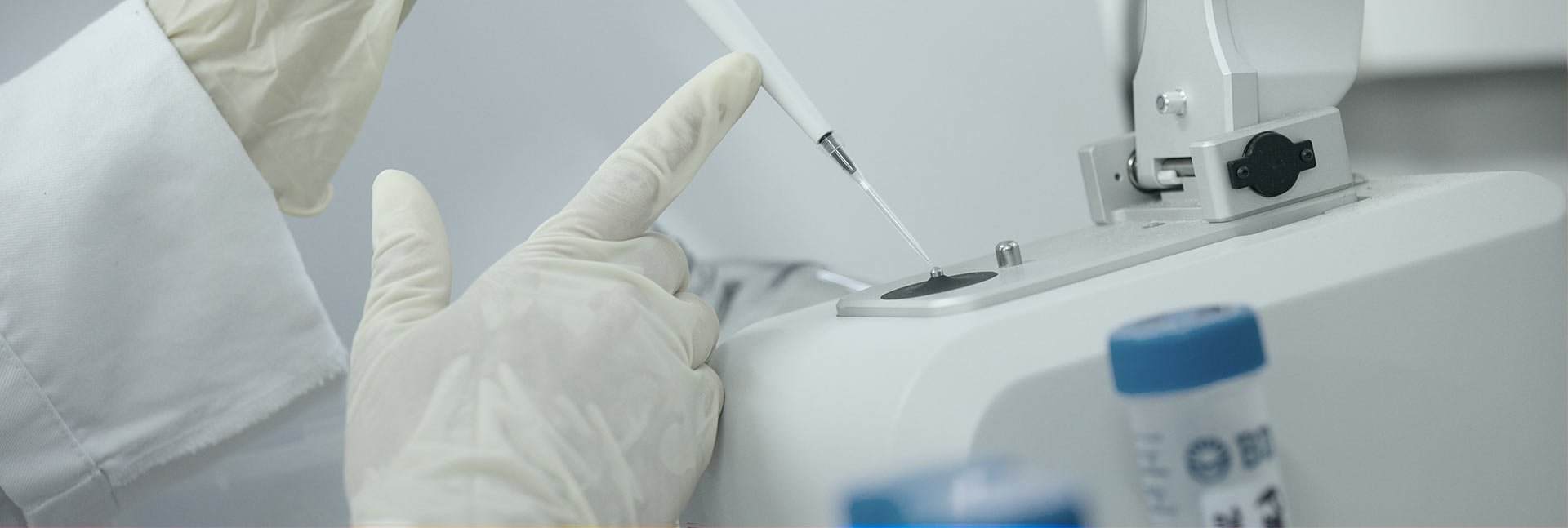These assays are used for anti-tumour antibodies whose cytotoxicity is mediated by immune effector cells: naked antibodies that trigger NK cell activation through their Fc region (ADCC), as well as bispecific antibodies that target immune effector (NK or T) lymphocytes (ADCC-like).
Two approaches are used to assess death of target cancer cells:
1. Luciferase assay
Reporter target cells are engineered to express luciferase, an enzyme that produces light in the presence of its substrate. The amount of light produced is proportional to the amount of luciferase enzyme, and hence to the amount of living target cells.
2. Calcein assay
This assay is inspired from the radioactive chromium assay (Cr51) that measures cell lysis.
ADCC response using the calcein assay. Targetcells are co-cultured with NK cells and treated with the antibodies of interest. Target cells are loaded with calcein, a fluorescent dye that is preferentially retained within living cells. Cell death (i.e. specific target cell lysis) results in calcein release and hence in increased fluorescence in the culture medium.
A third complementary approach is used to assess activation of the immune effector cells:
3. Activation of the immune effector cells by flow cytometry
Used for staining surface and intra-cellular proteins and monitor (1) the expression of markers of activation & degranulation at the cell surface (CD107a/b. CD69, CD25…) and (2) the production of cytokines (intracellular staining: IFNg, TNFa, MIP1a…).
Activation of immune effector cells in an ADCC assay. Target cells are co-cultured with effector NK cells and treated with the antibodies of interest. Activation of NK cells is measured by FACS (A) to evaluate in this example co-expression of CD107 and MIP1b (B) or CD107 and IFNg (C).
